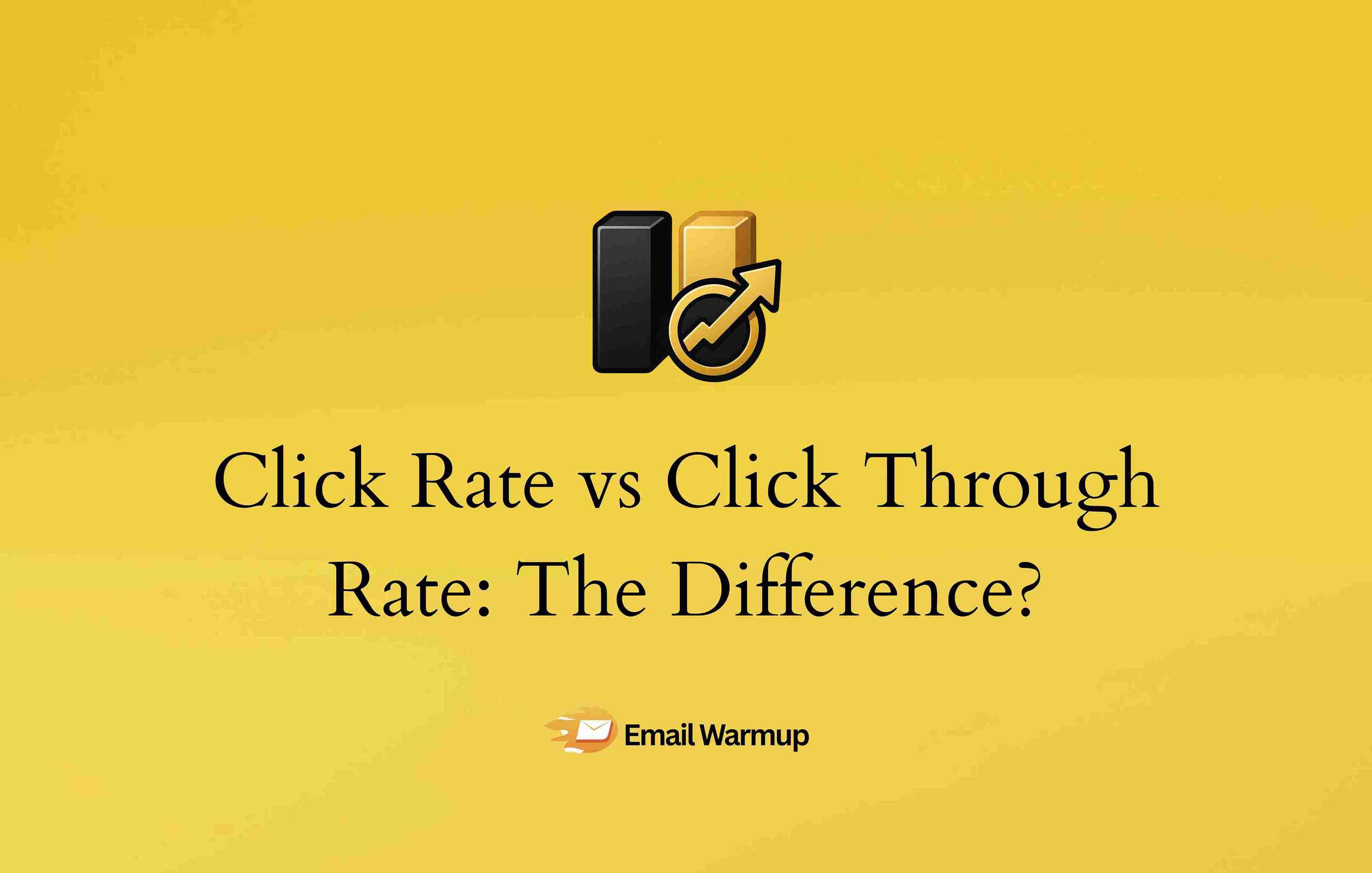
You might be celebrating your click-through rate, but what if you’re reading the wrong stat altogether?
Click rate and click through rate (CTR) may sound interchangeable.
But relying on one without understanding the other is like checking your car’s gas gauge without knowing if the engine even started.
As a marketing and email deliverability consultant who has helped countless businesses create powerful, clickable campaigns with phenomenal deliverability, I’ve prepared this guide to help you:
- Get an understanding of click rate vs click-through rate.
- Know real benchmarks and expert insights for both metrics
- Act on a winning formula for turning cold metrics into hot conversions
A word of advice
You can optimize subject lines and run endless A/B testing. But if your emails aren’t reaching the inbox, you’re just guessing.
There’s one core aspect of your campaign that could cause a foundational issue that affects both the click rate and click through rate — email deliverability.
If your emails are landing into spam folders then both metrics don’t really matter much.
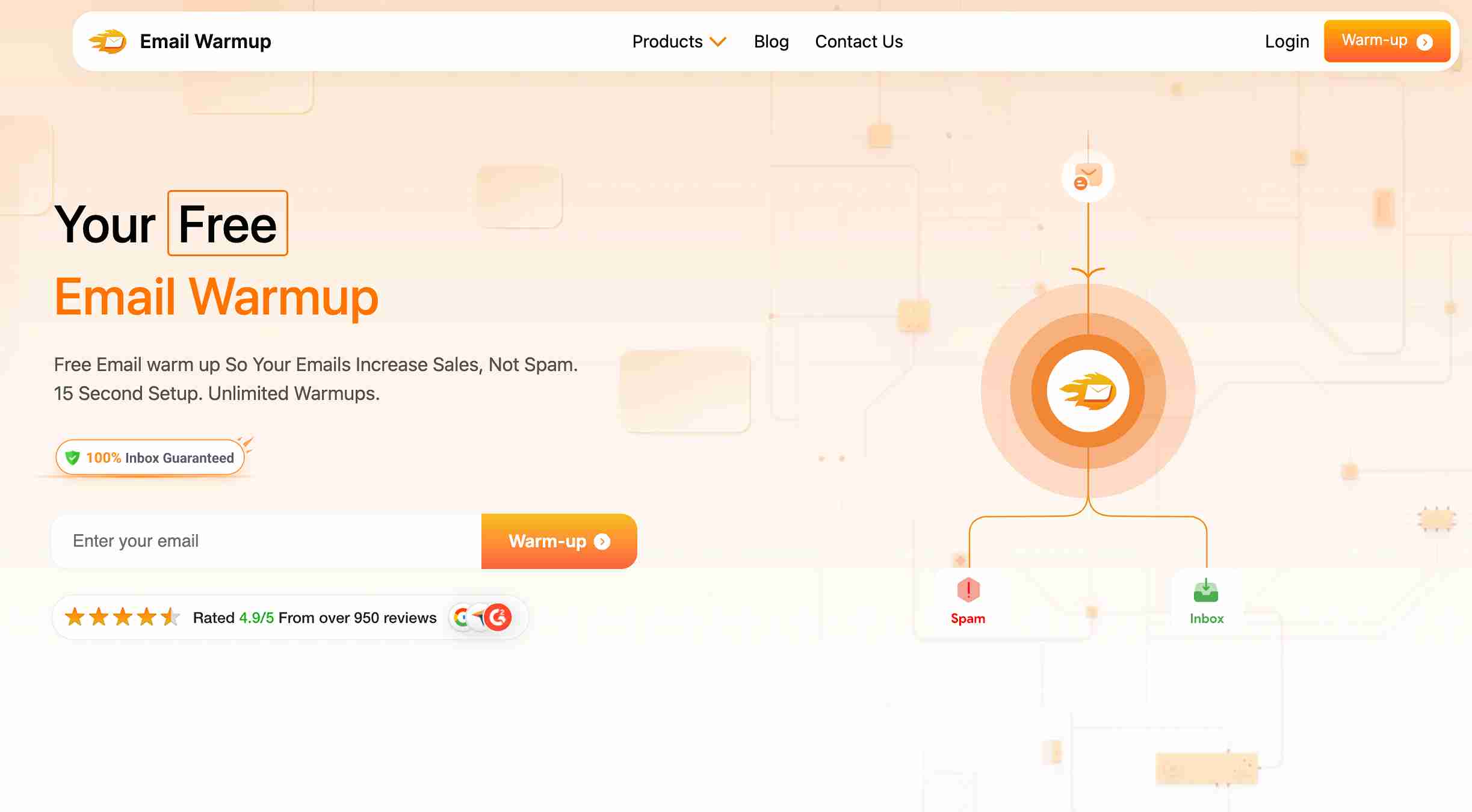
The best way to improve your email deliverability is to warm up your email domain before launching an email marketing campaign.
- It’s easy
- Tried and tested
- Fully automated
- And highly impactful
You can use this email warmup tool to build trust with inbox providers.
Or, if you’d like to learn more, you can speak with an email deliverability consultant for free.
Schedule your consultation call
Now let’s get back to the article.
What is click rate, and why does it matter for email marketing?
Click rate might sound simple, but misunderstand it, and your email marketing strategy is flying blind.
Click rate is the percentage of recipients who clicked at least one link in your email out of everyone who actually received it. It’s a top-level engagement metric that reveals whether your audience cared enough to take action.
This performance metric differs fundamentally from open rate because it measures actual engagement beyond just opening your email campaign.
While open rate shows initial interest, click rate reveals whether your content was compelling enough to drive action. Think of it as your conversion rate funnel’s first real test.
How to calculate click rate
Calculate Click Rate = (Total Clicks / Total Emails Delivered) × 100
Let’s say you send 1,000 emails through your email campaign, and 80 people click a link inside. That’s an 8% click rate.
The denominator here is crucial (it’s the total emails delivered, not sent, because bounced emails never had a chance to generate clicks).
Click rate reflects how effective your email is at the delivery level, accounting for everyone who received the message.
This makes it invaluable for spotting issues with your audience targeting, subject line effectiveness, or inbox placement problems.
When you calculate click rate regularly, you can:
- Measure initial interest across your entire audience
- Identify deliverability issues that might be hurting engagement
- Compare performance metrics across different email campaigns
- Evaluate your email list quality, segmentation, and targeting effectiveness
What is click-through rate, and when should you prioritize it?
Click-through rate tells you how many of those who opened your email actually clicked. It’s a more focused, content-level metric.
Where click rate shows overall engagement across all recipients, click-through rate reveals how convincing your message was to people who showed initial interest.
This is where your subject line’s promise meets your content’s delivery.
Your click-through rate reveals whether your copy, offer, and call to action were compelling enough to drive the next step in your conversion rate funnel.
How to calculate click through rate
Calculate Click-Through = (Total Clicks / Opened Emails) × 100
Here’s an example.
You send 1,000 emails in your email campaign. 500 people open it, and 125 people click a link.
Your click-through rate = (125 / 500) × 100 = 25%. This means one in four people who opened your email found it compelling enough to click.
Click-through rate measures how persuasive your content is to engaged subscribers.
It reveals whether your email copy, offer, and call-to-action are strong enough to move prospects through your funnel.
A good click-through rate indicates that your message resonates with interested readers.
Use click-through rate to:
- Test different email body designs and layouts
- Optimize call-to-action buttons and placement
- Assess conversion rate potential within your email content
- Measure content effectiveness independent of deliverability issues
How do click rate and click through rate actually differ?
Click rate and click-through rate measure completely different things.
Mixing them up leads to wrong decisions about your email marketing performance.
Click rate asks: “How many people out of everyone I reached clicked something?”
It uses the total number of emails delivered as the denominator.
Click-through rate asks: “Of the people who showed interest by opening, how many took action?”
It uses opened emails as the denominator.
| Metric | Definition | Formula | Best use case |
| Click Rate | % of recipients who clicked out of the total emails delivered | (Total Clicks / Total Emails Delivered) × 100 | Measure broad engagement and list quality |
| Click-Through Rate | % of recipients who clicked out of those who opened | (Total Clicks / Opened Emails) × 100 | Measure content effectiveness and conversion rate potential |
Let’s work through a real example.
You send 500 emails in your email campaign. 300 are opened, and 150 unique clicks happen.
- Your click rate = 150 ÷ 500 × 100 = 30%.
- Your click-through rate = 150 ÷ 300 × 100 = 50%.
Both numbers tell different stories. The 30% click rate shows strong overall engagement from your list.
The 50% click-through rate reveals that half of the interested readers took action, indicating powerful content that resonates with engaged subscribers.
Why do both performance metrics matter for email marketing success?
Focusing on just one metric is like driving with one eye closed.
You’ll miss what matters for your email marketing success. Both provide essential insights that, together, paint a complete picture of campaign performance.
Click rate as your early warning system
Click rate serves as your early warning system. It tells you if people are engaging at the inbox level.
A low click rate could signal problems with your subject line, sender reputation, or that you’re not hitting the right audience with your segmentation and targeting.
Click-through rate reveals content effectiveness
Meanwhile, click-through rate reveals content effectiveness. It only counts clicks from people who opened your email, making it a true indicator of your message’s persuasive power.
Low click-through rate could mean your message is unclear, your call to action is weak, or your offer doesn’t match your subject line promise.
How both metrics work together
Together, these performance metrics tell the complete story.
- High click rate but low click-through rate? Your subject line works, but the content fails to convert.
- Low click rate but high click-through rate? You nailed the message, but barely anyone opened the email.
Consider this scenario: Your email campaign gets a 15% click rate but only a 5% click-through rate. This suggests broad interest (good list quality and subject line) but poor content execution.
Conversely, a 3% click rate with a 25% click-through rate indicates delivery or open rate issues, but strong content for those who do engage.
When should you prioritize click rate vs click through rate?
Your campaign goals should dictate which metric deserves more attention. Knowing when to lean on one more than the other separates good email marketers from great ones.
When to prioritize click rate
Prioritize click rate when measuring broad audience engagement and list health. This metric is ideal when you want to answer: “Out of everyone I emailed, how many took action?”
It’s particularly valuable when testing subject line variations, evaluating the effectiveness of your segmentation and targeting, or running broadcast emails, such as newsletters.
If you’re testing different subject line approaches, click rate tells you which generates the most engagement from your total audience.
It’s also crucial when you suspect deliverability issues (a sudden drop in click rate might indicate your emails are landing in spam folders).
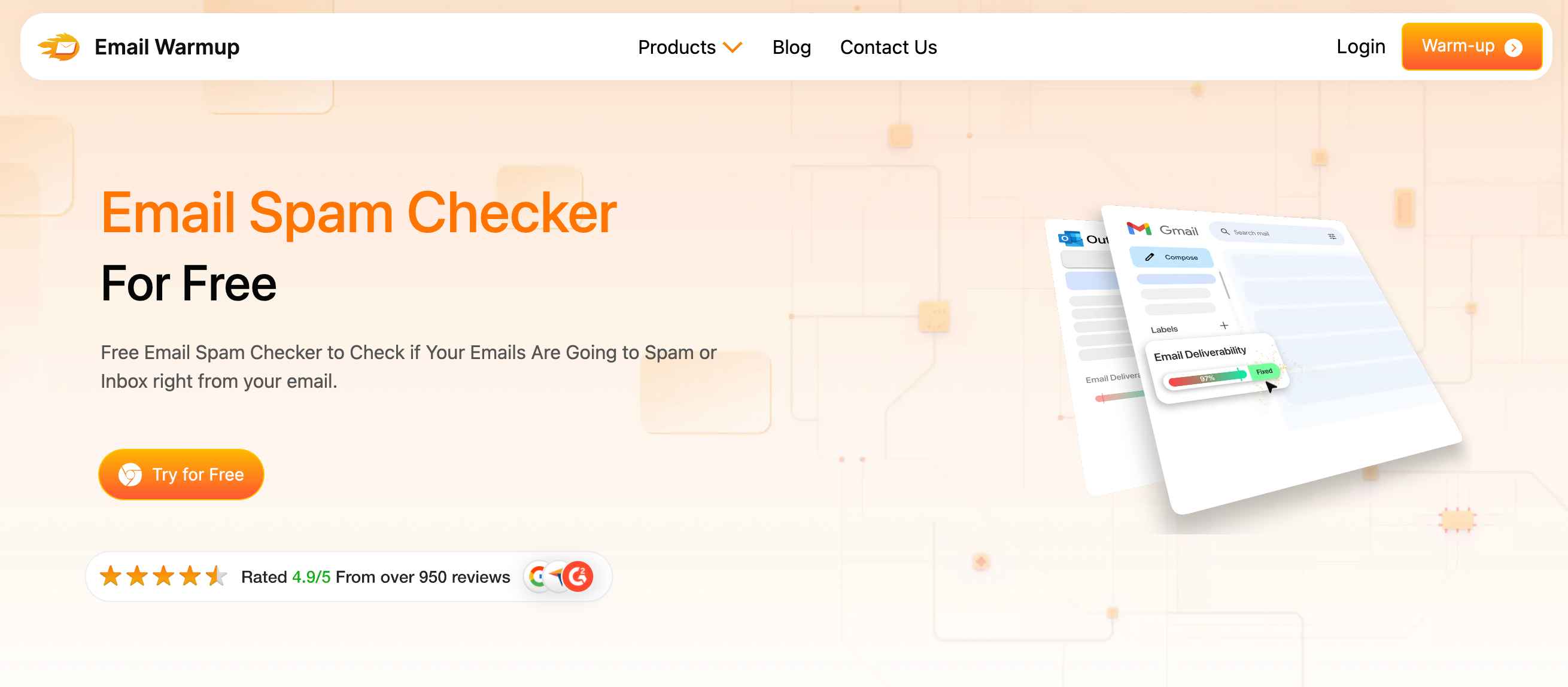
Use an email spam checker to ensure your content isn’t flagged before it reaches inboxes.
When to prioritize click-through rate
Prioritize click-through rate when testing message effectiveness and optimizing for conversions. This metric zeroes in on the audience that opened your email, making it perfect for refining your content strategy.
Use it when testing call to action button design, measuring email body effectiveness, or running conversion rate-focused campaigns.
When promoting a limited-time offer, click-through rate tells you how many interested readers were compelled to take the next step.
It’s also better for A/B testing email content variations since it isolates the impact of your message from delivery and open rate factors.
| Campaign goal | Primary metric | Secondary metric |
| Broad engagement measurement | Click Rate | Click-Through Rate |
| Content effectiveness testing | Click-Through Rate | Click Rate |
| Conversion rate optimization | Click-Through Rate | Click Rate |
| List quality evaluation | Click Rate | Open Rate |
What counts as a good click rate or good click-through rate?
Understanding what constitutes a good click-through rate or average click rate in your space helps set realistic expectations and identify improvement opportunities.
However, your historical performance is more important than industry averages – consistent improvement matters more than hitting arbitrary benchmarks.
Email marketing benchmarks by industry and type
| Email Type / Industry | Average Click Rate | Good Click-Through Rate Range |
| General email marketing | 2.6% | 2.3% to 2.9% |
| Automated email flows | 5.4% | 4.5% to 6% |
| Education sector | 3.5% | 5.1% |
| Real Estate | 3.8% | 5.4% |
| B2B SaaS | 2.1% | 3.3% |
Digital advertising benchmarks
| Industry | Good Click-Through Rate (Search) | Good Click-Through Rate (Display) |
| Advocacy | 4.41% | 0.59% |
| Automotive | 4.00% | 0.60% |
| B2B | 2.41% | 0.46% |
| Real Estate | 3.71% | 1.08% |
| Travel & Hospitality | 4.68% | 0.47% |
Several patterns emerge from this data. Click rate gives you a sense of total audience interaction, while click-through rate shows whether interested users took meaningful action.
Automated email flows consistently outperform broadcast campaigns due to better timing and relevance. B2B industries typically see lower click-through rates but higher intent from those who do engage.
However, don’t just chase industry averages. Track your own historical performance metrics and aim for consistent improvement.
A 2% click-through rate might be excellent for your B2B SaaS company if your previous campaigns averaged 1.5%. Focus on understanding your average click rate patterns to establish realistic goals.
What should you do when click rate and click-through rate don’t align?
This is one of the most frustrating scenarios in email marketing – when your performance metrics tell conflicting stories. Each misalignment pattern reveals different problems that require specific solutions.
High click rate but low click-through rate
When you have a high click rate but a low click-through rate, you’re facing a targeting or expectation mismatch.
This scenario often happens when your subject line attracts clicks from people who aren’t genuinely interested in your offer, or when your segmentation and targeting aren’t precise enough.
A high click rate with a disappointing click-through rate typically indicates three problems.
First, you might be targeting the wrong audience (people are opening and clicking out of curiosity rather than genuine interest).
Second, your offer or content might fall flat once people actually engage with it. Third, technical or user experience issues post-click could be causing people to bounce immediately.
Low click rate but high click-through rate
The opposite scenario, low click rate but high click-through rate, suggests delivery or open rate problems. Your content resonates strongly with engaged subscribers, but not enough people are seeing it in the first place.
Solutions for misalignment issues
Here are some working solutions:
1. For targeting mismatches
Refine your segmentation and targeting based on behavior, preferences, or demographics rather than sending generic blasts
2. For content problems
Align your subject line with landing page expectations and strengthen your value proposition in the email body
3. For technical issues
Test all links regularly, use heatmaps to identify drop-off points, and optimize page load speeds
4. For delivery problems

Focus on improving your open rate through better subject line testing and sender reputation management.
Run a free email deliverability test to identify inboxing issues that might be hurting your metrics.
How can you improve click rate and click-through rate effectively?
The foundation of better performance metrics starts with your audience. Segmentation and targeting improvements can lift click-through rate by over 50% because you’re sending relevant content to the right people.
This is looking beyond demographics. We’re talking about behavioral segmentation based on past engagement, purchase history, or website activity, which creates much more targeted campaigns.
Subject line optimization directly impacts both metrics.
Personalizing subject lines with recipient names or behavior-based content can increase open rate by 18.3%, which feeds directly into higher click rates.
But avoid clickbait at all costs. Your subject line should accurately preview your content to ensure good click-through rate from genuinely interested subscribers.
Strategic improvements for better email marketing performance
Here’s how you can improve your email marketing performance:
1. Improve segmentation and targeting
Use behavioral data, purchase history, and engagement patterns to create more relevant campaigns that increase engagement
2. Optimize for mobile experience
Over 60% of emails are opened on phones – mobile-unfriendly emails kill both click rate and click-through rate
3. Clean your list regularly
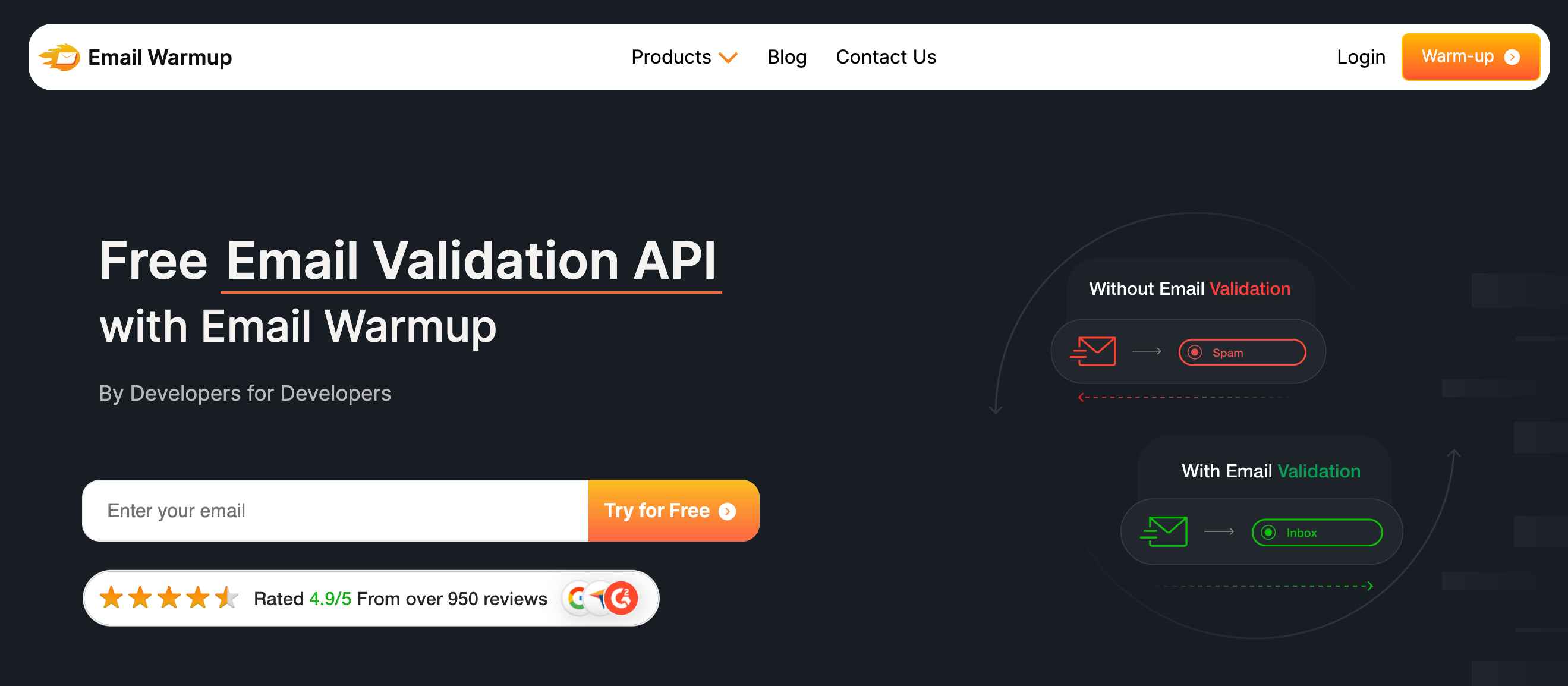
Remove unengaged contacts and validate email addresses using our API to improve overall performance metrics and inbox placement.
4. Perfect your call to action placement
Position your primary call to action above the fold where it’s visible without scrolling
Content and design optimization techniques
Here’s how you can optimize your content and design:
1. Use action-driven call-to-action language
“Start Learning” or “Claim My Offer” outperforms generic “Click Here” buttons
2. Reduce link quantity
Multiple links create decision paralysis – focus on one clear action per email campaign to maximize unique clicks
3. A/B testing systematically
Test one element at a time (subject line, call to action copy, or layout) and let data guide decisions for better conversion rates
4. Create urgency appropriately
Phrases like “Ends Tonight” spike engagement when used sparingly and authentically
Improve Click Rate & CTR With Better Inbox Placement
EmailWarmup.com solves the foundational issue that affects both click rate and click-through rate – deliverability.
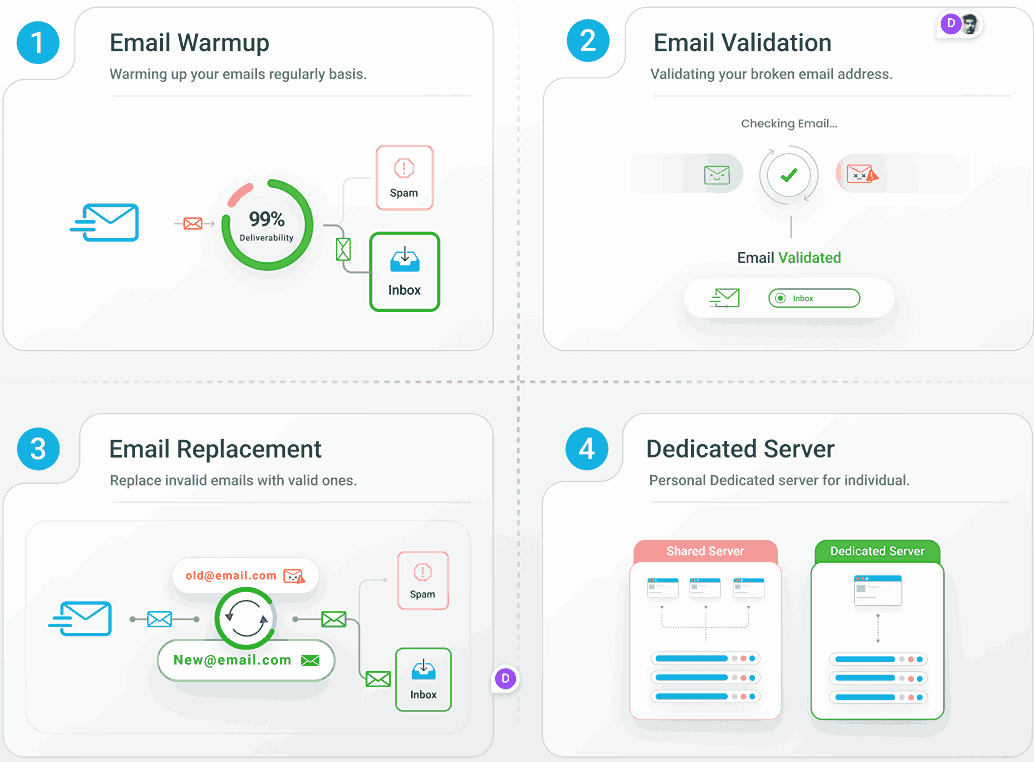
It addresses the root causes of poor email performance through comprehensive deliverability optimization. It offers:
- Unlimited deliverability consultations
- Unlimited email warmup
- Dedicated IP address
- Email validation
Better inbox placement leads to higher open rates, which in turn create more opportunities for clicks and improve both performance metrics.
Frequently asked questions about click rate and click through rate
Here are some frequently asked questions about this topic:
Click rate measures the percentage of recipients who clicked a link out of the total emails delivered. The click-through rate measures the percentage of recipients who clicked a link out of those who opened the email. The key difference is the denominator – total delivered vs. opened emails.
To calculate click rate: (Total Clicks ÷ Total Emails Delivered) × 100. To calculate click-through, (Total Clicks ÷ Opened Emails) × 100. Always use unique clicks rather than total clicks for more accurate performance metrics and better conversion rate tracking.
A good click-through rate varies by industry. General email marketing averages 2.3-2.9%, while automated flows often achieve 4.5-6%. B2B typically sees lower rates (around 3.3%) but higher conversion rates. You can focus on improving your historical performance rather than just hitting industry averages for average click rate.
Focus on better segmentation and targeting to reach more genuinely interested subscribers. Improve your subject line to increase the open rate (which in turn boosts the click rate) while ensuring it accurately represents your content (which maintains the quality of click-through rates). Clean your list regularly to remove unengaged subscribers, as they can harm both metrics.
Always use unique clicks when calculating both click rate and click-through rate. Total clicks can be inflated if the same person clicks multiple times, providing misleading performance metrics. Unique clicks provide a more accurate picture of how many individual people engaged with your email campaign.


